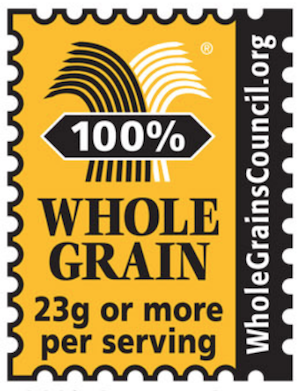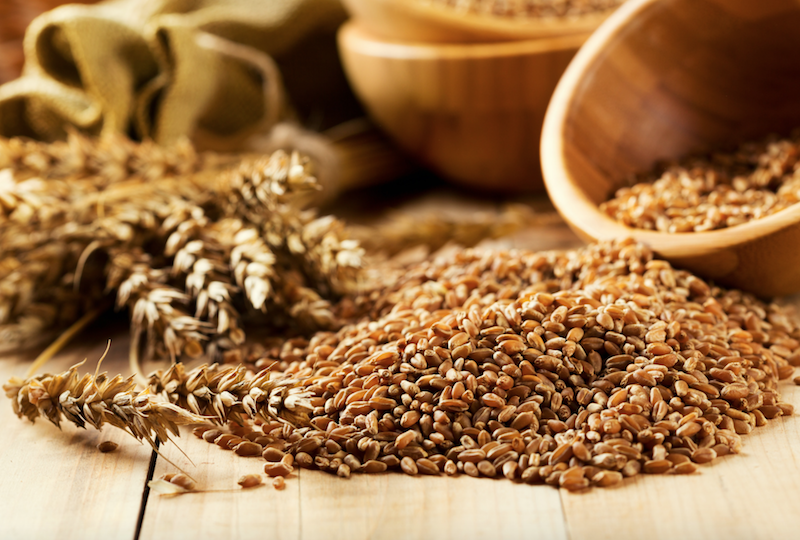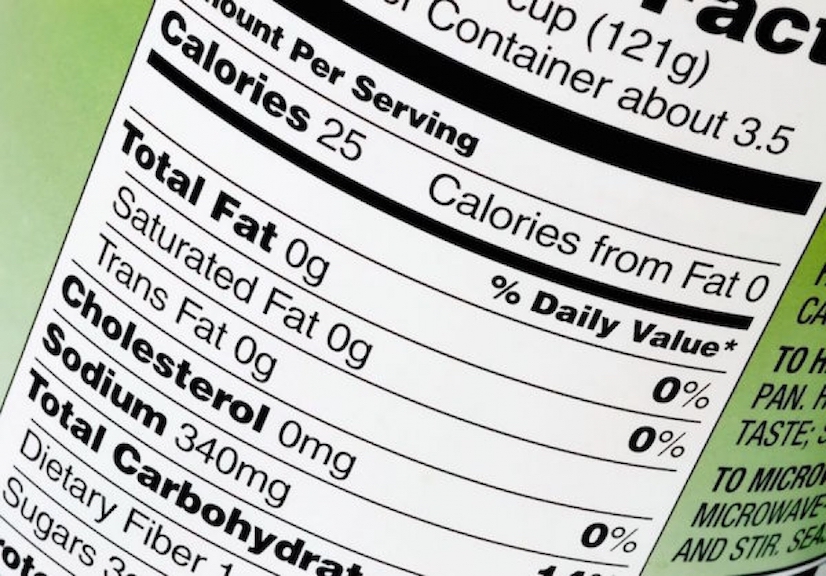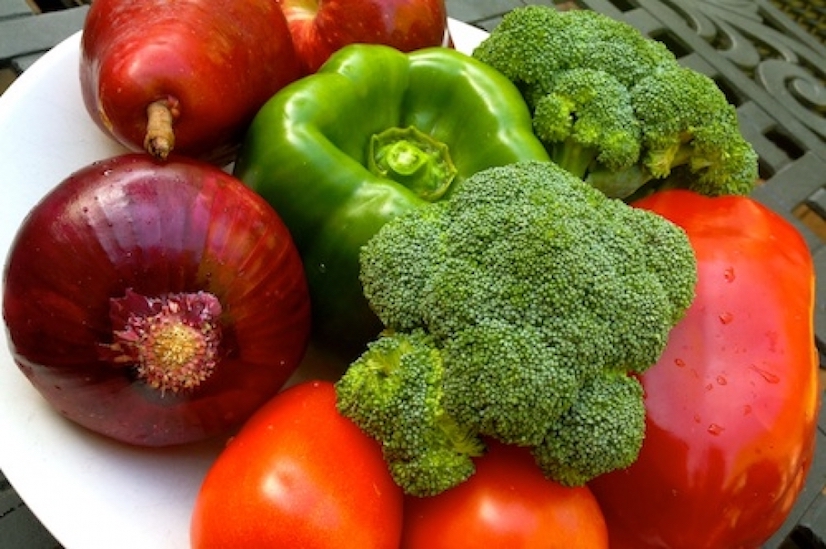With the widespread popularity of low-carb diets, a lot of high-quality foods have been unfairly demonized. This holds especially true for whole grain foods. Don’t be misled by all the hype, as whole grains are rich in quite a lot of nutrients. Whether you choose quinoa or brown rice, oatmeal or whole wheat breads, they’re all packed full of dietary fiber and supply your body with much-needed protein and essential micronutrients.
Still, I’ll be the first to admit there’s a lot of confusion surrounding whole grain foods, much of which is driven by consumer misinformation and misleading marketing tactics.
Related Article: Seven Food Labeling Tactics That Are Making People Sick
Mainstream health experts swear that whole grains are the hidden cause of your being sick and fat, oftentimes using scare tactics in an effort to sell their books and supplements. Meanwhile, food companies continue to slap whole grain-centric logos and slogans on their nutritionally subpar products in order to influence your buying decisions in their favor.
To play it safe, you jump on the “gluten-free” bandwagon, only to realize you’ve actually chosen whole grain substitutes that are relatively higher in added sugars, unhealthy fats, and sodium.
Related Article: The Gluten-Free Lifestyle: Is It Really a Fad?
It’s all just a vicious cycle, and an unnecessary one at that.
Personally, when it comes to healthy eating and good nutrition in general, I believe in moderation, not elimination. Individual preference is one thing but denying oneself is another, especially when one’s ultimate decision is based on misinformation, hearsay, and fear-mongering. So, before you decide whether or not to keep whole grain foods in your dietary repertoire, let me give you some nitty-gritty basics on them.
Perhaps, this’ll help you make a more informed decision.
What Exactly Are Whole Grains?
In and of themselves, whole grains are unrefined, minimally processed carbohydrates derived from the small, edible seeds (or kernels) of plants like wheat, barley, rye, millet, amaranth, buckwheat, and quinoa. The terms “unrefined” and minimally “processed” essentially mean that the grains are processed just enough to enhance taste and improve digestibility while the overall structure of their kernels remains intact.
Whole grain kernels generally contain three parts: an outer layer (bran), a middle layer (endosperm), and an inner layer (germ).
Fiber is concentrated primarily in the bran layer while the endosperm only contains starch and small amounts of protein. The germ is the ‘heart’ of the kernel, as it’s a rich source of protein, B vitamins, and a range of trace minerals and phytonutrients. Additionally, the germ contains the powerful fat-soluble antioxidant vitamin E and other healthy oils (or fats), which further enhance the overall nutritional value of whole grains.
Related Article: Good Fats Versus Bad Fats: What You Need to Know About Dietary Fat
It’s also worth mentioning that these oils make whole grain foods more susceptible to spoilage.
Nonetheless, as you can see, the bran and germ are largely responsible for the overall nutritional value of whole grains. These components are also responsible for the firm texture and ‘gritty’ somewhat ‘nutty’ taste characteristic of whole grain foods.
And, above all, the presence of the bran and germ is what distinguishes whole grains from refined grains.
Whole Grains Vs. Refined Grains
Unless you’ve been living under a rock, you’ve probably heard about refined grains.
Honestly, these are the grains that deserve to be shunned, not whole grains.
Unlike whole grains, refined grains are those that have undergone further processing during which the bran and germ are mechanically removed, leaving only the endosperm. Methods of ‘over processing’ generally involve either grinding or selective sifting which ultimately produces a fine white powder also known as refined flour.
Needless to say, products made with refined flour tend to taste better and will certainly last longer due to the absence of oils.
This is why this stuff is used in everything these days.
Related Article: What You Should Know About Carbs and the Glycemic Index
Problem is, due to the utter absence of fiber and key nutrients, grain products comprised of refined grains or grain flours are also rapidly digested and absorbed into the bloodstream, which causes blood glucose (sugar) and insulin (the hormone responsible for lowering blood sugar) levels to spike.
This is not to say that you can’t consume these products from time to time, particularly if you’re very physically active, as exercise inherently has “insulin-like effects”.
However, recurrent spikes in blood sugar and insulin promote unhealthy weight gain and, over time, can have severe consequences, including diabetes, hypertension, and heart and liver disease.
Related Article: How Insulin Impacts Fat Burning and Weight Loss
Now, on the flip side, though technically classified as “starches”, whole grains tend to digest and absorb more slowly, producing gradual rises in blood sugar and causing significantly less insulin release. This is mainly because the fiber, fat, and protein they contain collectively slow the digestive and absorptive processes. Definitely a win-win, if you ask me!
Adding Whole Grains to Your Diet
When it comes to adding whole grains to your diet, both quality and quantity matter. All whole grain products are not created equal and the term “whole grain” doesn’t always infer superior nutritional value. Truth is, many products marketed as whole grain are actually refined and have been stripped of most essential nutrients. As such, it’s important to familiarize yourself with product labels and nutrition information.
Related Article: Simple Strategies for Deciphering Food Labels
Definitely be on the lookout for terms like “cracked wheat”, “100% wheat flour”, “multigrain”, “fifteen grain”, and “twelve grain” as these are nothing more than deceptive marketing ploys. You should also look for the Whole Grains Council logo on your product packages and make an effort to choose only those bearing the “100% Whole Grain” stamp as these are ‘real’ whole grains.
 Real whole grains contain at least 16 grams of whole grain per serving. Higher quality whole grain foods generally contain less than 5 grams of sugar and list a whole grain as their first ingredient.
Real whole grains contain at least 16 grams of whole grain per serving. Higher quality whole grain foods generally contain less than 5 grams of sugar and list a whole grain as their first ingredient.
Some of the best choices include quinoa, 100% whole wheat (also 100% white whole wheat), whole oats (including old-fashioned, unsweetened oatmeal), corn (also popcorn), brown rice, whole rye, whole grain barley, buckwheat, bulgur, and wild rice.
Now, even when you choose high-quality whole grain foods, you only need to consume 3-5 servings of whole grains each day for nutritional benefits.
Servings of whole grains vary depending on the type. For instance, when it comes to whole grain breads, one slice is considered to be a serving while a proper serving of cooked rice, pasta, or cereal can range from 1/2 to 3/4 a cup.
If you’re not familiar with such serving sizes, you can easily eat too much. Portion control is key and what you perceive as a portion may actually be comprised of several servings.
Therefore, if you choose to consume large portions of whole grains in excess, you may be at risk for developing some of the same health problems that are associated with refined grains. Truth is, reported adverse health effects associated with whole grain foods are often linked to excess consumption. So, there’s definitely an element of personal accountability and self-discipline that simply can’t be ignored.
Related Article: Portion Size Essentials for Weight Management
Why You Should Consider Eating Whole Grains
It is often suggested that carbohydrates should be limited or even totally avoided for weight management and overall good health. While this generally holds true for foodstuffs derived from refined grains and their flours, it is not the case with those foods derived from real whole grains. Remember, quality and quantity both matter when it comes to consuming whole grain foods.
Despite all the controversies surrounding whole grains foods, they are undoubtedly nutritious and come with a laundry list of health benefits. In fact, a considerable body of research has shown that people who eat more whole grain foods have a reduced risk of heart disease and type 2 diabetes. Some studies even suggest that whole grains may prevent numerous forms of cancer and help reduce chronic inflammation.
In conjunction with a sensible, well-balanced diet, whole grain consumption is also beneficial for weight management. Indeed, substituting whole grains for refined grains has been shown to boost metabolism, enhancing the body’s inherent fat-burning potential. In addition to metabolic benefits, regular consumption supports healthy digestion and waste removal from the body in ways that encourage weight loss.
The combination of fiber, fat, and protein in whole grain foods can also keep you feeling full for a longer time thereby reducing the urge to overeat.
Related Article: Natural Ways to Suppress Hunger and Appetite for Weight Loss
Once again, portion control is key here.
Like anything else, unhealthy weight gain and other health problems arise when too many grains are consumed too often, no matter what type. In all actuality, you can make whole grain foods your best friend or your worst enemy. At the end of the day, when chosen carefully and eaten in sensible portions, whole grain foods remain a healthy inclusion in a well-balanced diet.







